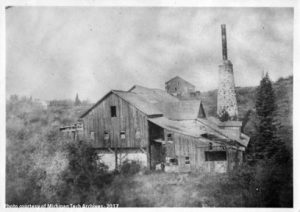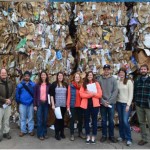
The Department of Social Sciences’ Industrial Archaeology Program was recently the topic of two stories featured in the Daily Mining Gazette giving an insight to industrial archaeology. Click on the title to read more:
False move blows up history: Industrial sites often have complicated archaeologies
Industrial Archaeology: Field goes beyond record to find escaped history








